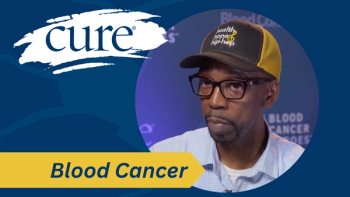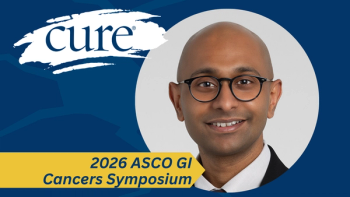
How Cancer Caregivers Can Stay Connected With Their Loved Ones While Social Distancing
Caregivers are an essential part of any patient or survivor’s cancer journey and social distancing due to COVID-19 has made the challenges of caregiving even more difficult. However, one expert details how caregivers can still stay connected during the pandemic.
The isolation and disruption that come with social distancing measures brought on by the COVID-19 pandemic can be difficult to handle for anyone. Because of the highly infectious nature of the virus, especially on individuals who may be immunocompromised, those who have experienced cancer — and the people who care for them – have an additional layer of worry to contend with that may make the loneliness even worse. But according to Martha Raymond, founder of the Raymond Foundation, there are ways to stay connected even if you can’t physically be in the same room with the ones you love.
Recently, CURE® spoke to Raymond about how the pandemic is impacting patients with cancer and their caregivers, and how things like video conferencing technology and the simple act of writing a handwritten note can help bridge the gap that social distancing has created between us.
Transcription:
It’s very difficult, because I think all of us, when someone is touched by cancer, you want to be able to go and give them that hug and say I’m here for you with whatever you may need whether it’s now or two months from now. And I think we’re all struggling with that, when we’re not able to provide that physical comfort, that physical support.
The one thing I think we’re very lucky that we’re living in a time when we have this technology where at least we can see each other face-to-face. You know, it wasn’t so many years ago when that wasn’t possible. But one thing I will say is that if you can touch base via video daily, I think that helps everybody. I know some people prefer text, but I think in these times it’s just good to hear another friendly voice, whether that’s in person virtually or over the phone.
The other thing, and this will seem pretty old school, but I think taking those two minutes to handwrite a note or card or letter, makes such a huge difference. And if you can’t deliver it to them in person, slide it under their door if you’re a neighbor or knock on the door and let them know it’s there, or mail it if you’re not close in person. I just think that it’s a personal thing that can really resonate with people.
Going back 30 years ago, when my mom was so ill, she wrote several letters to me that I still have to this day. I think being able to hold those is like you have a piece of that person with you, there aren’t really words to describe what that means. And so I think taking that few minutes and just jotting down a few thoughts: what does that person mean to you, maybe talk about a funny experience or a funny memory, and then give some words of encouragement or hope to say you know, we’re going to do this again, as soon as we all come out of our homes we’re going to be able to do these things again.
Those are just a few ways that let a person know you’re still there for them even if, physically, you can’t be in the same proximity.




